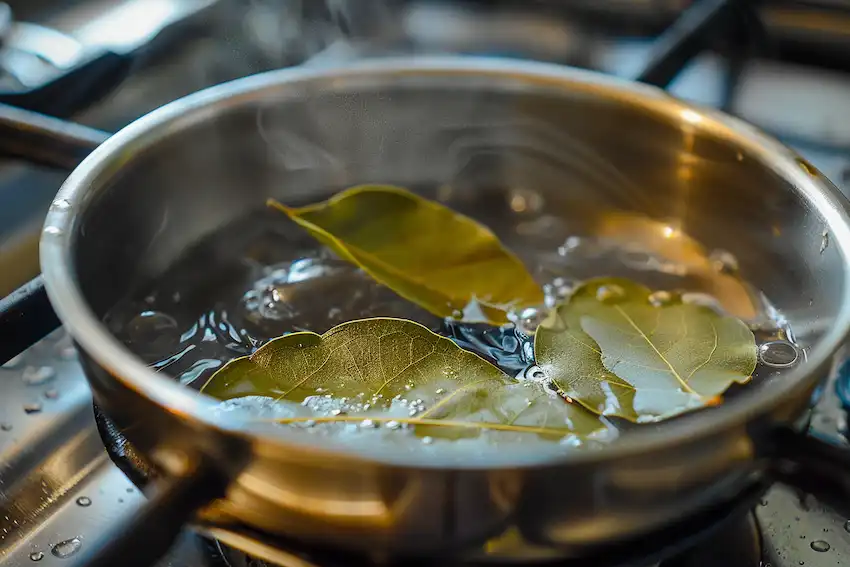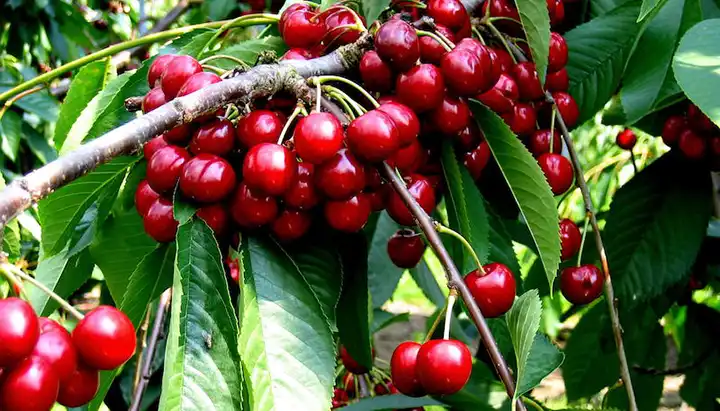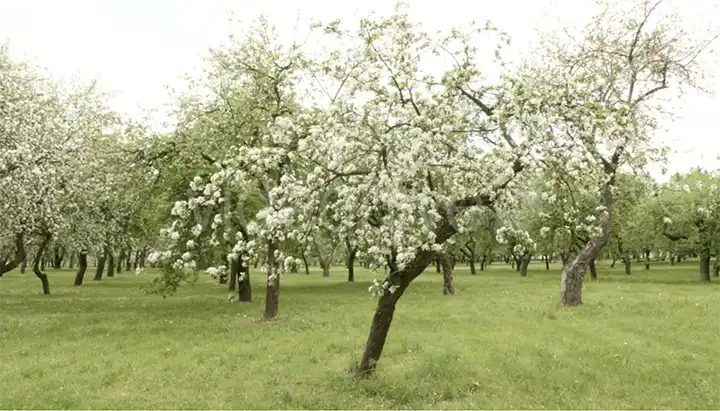Unlock the Secret of Bay Leaves: Enhancing Garden Vitality Naturally
Bay leaves, commonly relegated to the kitchen, possess remarkable properties that extend beyond culinary uses into the realm of natural gardening. This article unveils a little-known gardening trick involving bay leaves, traditionally known only to experienced horticulturists, which can transform the health and vigor of your garden plants.

The Potent Effects of Bay Leaves on Garden Plants
Bay leaves, derived from the laurel tree, are rich in essential nutrients such as potassium, phosphorus, amino acids, vitamins, and flavonoids. These compounds are not only beneficial for human health but also have potent antibacterial and antifungal properties that make bay leaves a valuable ally in plant care.
Why Use Three Bay Leaves?
The use of three bay leaves in garden settings is based on maximizing the distribution of these beneficial properties. By strategically placing three leaves, you can ensure a balanced delivery of their natural benefits to the plants around them.
How to Use Bay Leaves in Your Garden
Method 1: Infusion for Watering Plants

1. Prepare the Infusion:
- Boil water and add three bay leaves.
- Allow the leaves to steep until the water reaches room temperature to ensure that all beneficial properties are leached into the water.
- Strain the infusion to remove the leaves.
2. Use for Watering:
- Water your plants with the bay leaf infusion, focusing particularly on the base of the plants where the roots can absorb the nutrients effectively. This method is especially beneficial for combating root rot and fungal diseases.
Method 2: Direct Application as Mulch
1. Prepare the Leaves:
- Crush or break the bay leaves into smaller pieces to increase the surface area.
2. Apply to the Soil:
- Sprinkle the crushed bay leaves directly onto the soil around your plants. This acts as a natural mulch, slowly releasing nutrients directly into the soil as they decompose.

Additional Gardening Tips for Optimal Plant Health
- Proper Watering Techniques: Ensure that each plant receives the right amount of water according to its specific needs. Avoid overwatering by checking the soil moisture, and water during the cooler parts of the day to reduce evaporation.
- Light and Placement: Study the light requirements of each plant. Most plants need ample sunlight to thrive, but too much direct exposure can lead to leaf burn, especially in hotter climates.
- Companion Planting: Understanding which plants thrive together can enhance growth, deter pests, and increase yield. For instance, marigolds planted near vegetables can repel harmful insects.
- Regular Maintenance: Pruning, weeding, and checking for signs of pest infestations regularly can help maintain the health of your garden. Healthy plants are less susceptible to diseases and pests.
Integrating bay leaves into your gardening practice is a simple yet effective way to enhance plant health and prevent diseases naturally. This method, rooted in generations of gardening wisdom, proves that sometimes the best solutions are those that align closely with nature. Embrace this traditional yet effective method to ensure your garden remains lush and healthy.



















